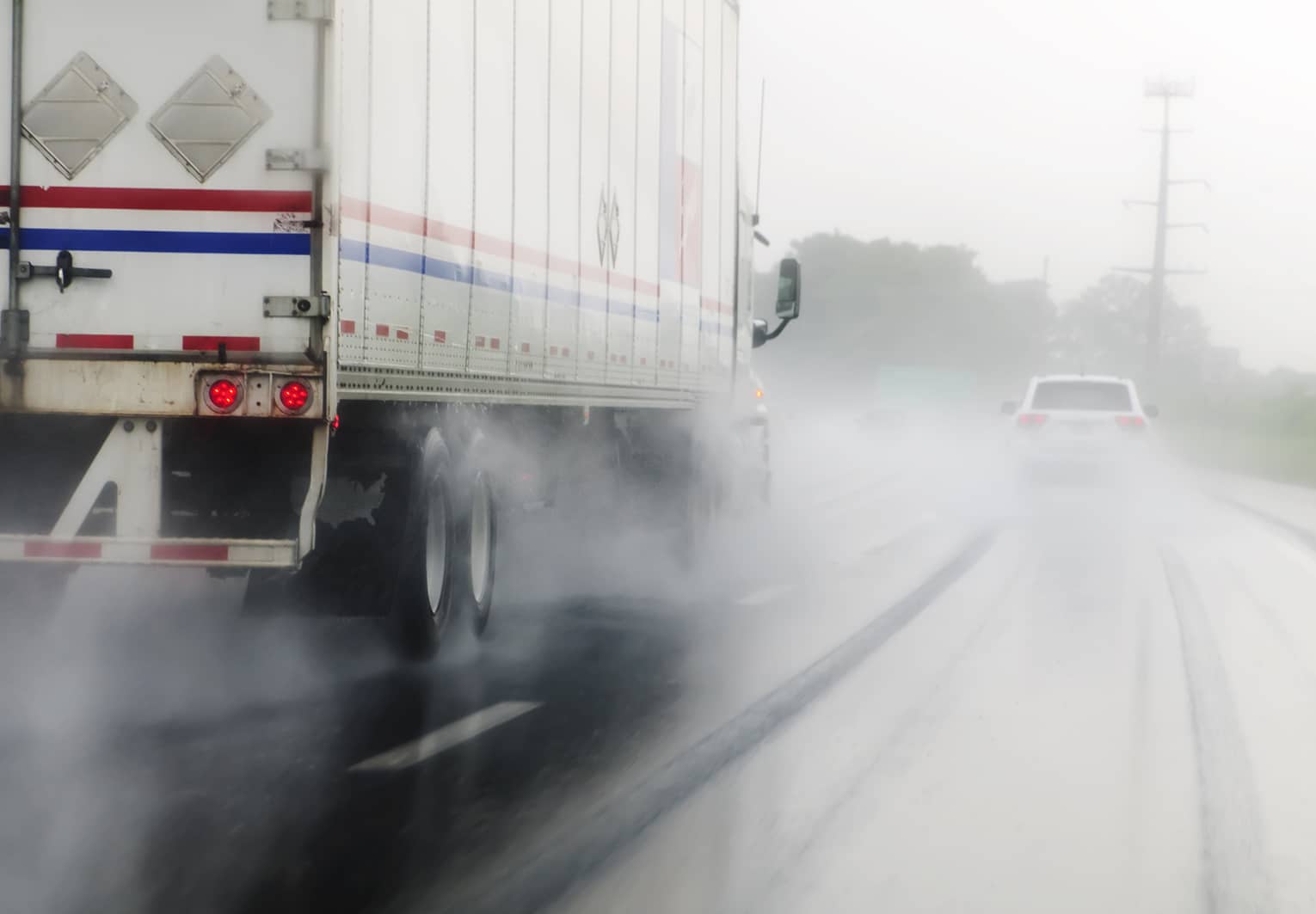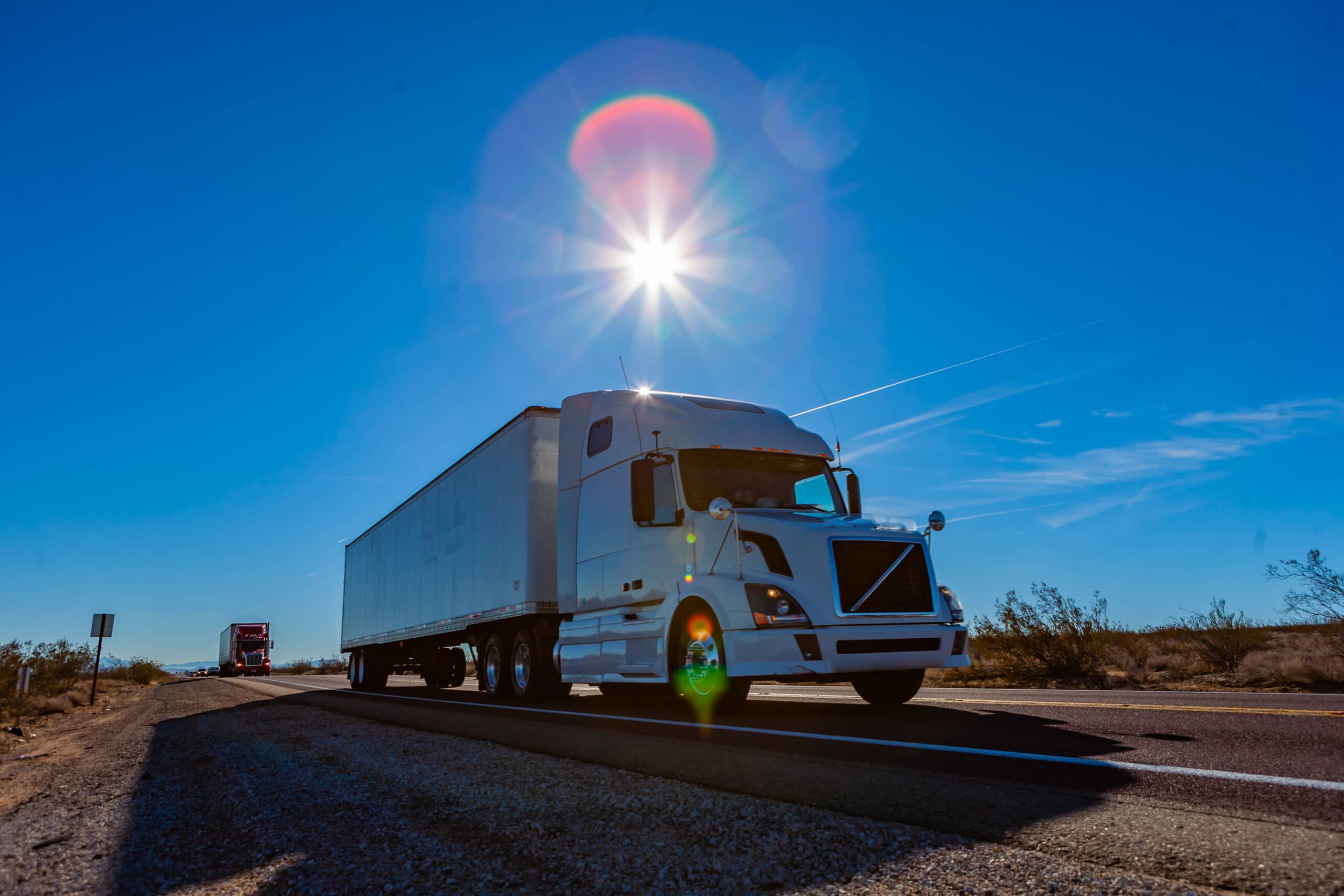Load Volumes Continue to Climb, Led by Dry Van
Load volumes continued to rise last week, again swerving against seasonal trends. “We are seeing year-over-year increases of more than 30% over both 2018 and 2019,” reports Justin Maze, Transfix’s senior carrier account manager. “Dry van volumes have led the way for the past few months, and we don’t expect that to change any time soon.”
The Outbound Tender Volume Index (OTVI) is at 13,417. “This freight level is remarkable for a few reasons,” Seth Holm writes on FreightWaves. “First, there are no signs of any sort of typical seasonality this year; secondly, other parts of the economy have stalled and unemployment remains extremely high; lastly, OTVI has crossed into uncharted territory by climbing higher than the March panic-buying spree.”
While pandemic lockdowns loom, those sectors being affected are primarily service-based industries that do not move a large percentage of the nation’s freight. All things considered, consumer demand remains strong.

The markets with the largest gains this past week were Los Angeles, Chicago and Laredo, Texas. The markets with the largest declines this week were Indianapolis, Dallas and Miami.
Spot Rates, Tender Rejections Still High
Spot truckload rates also increased again last week, bucking the usual July slowdown. “There is no reason to think volumes — and spot rates — will not stay on the current track, though COVID-19 shutdowns and the pending next round of federal stimulus could affect consumer spending and freight demand,” Maze says.
Tender rejections are on the same upward trajectory, well above the Fourth of July peak. The Outbound Tender Reject Index (OTRI) sits at 19.4%, even higher than 2018 levels.
“We expect to see tender rejections continue at a high level, as long as volumes stay high,” Maze says.

FreightWaves reports that truckload capacity is largely tapped out and unlikely to meaningfully loosen between now and the fall.
China Floods Could Affect US Trucking
In addition to U.S.–China political tensions and the coronavirus affecting the integrity of the global supply chain, recent flooding in China is endangering a key piece of Chinese infrastructure, the Three Gorges Dam. The dam is upstream of major manufacturing hubs Wuhan and Jiujiang, with Shanghai 1,000 miles down the coast.
“The U.S. trucking sector should follow these events closely, as changes may occur rapidly that transform the nature of the trucking business,” John Hitch wrote on FleetOwner.com. “In the short term, disaster relief supplies and food may need to be expedited to China, as millions of hectares of crops have already become inundated.
“And while trucks and equipment are built in North America, parts and materials are sourced from China, and many automotive factories are downstream from the dam. In the near future, there may be some difficulty getting those parts. … If they have not already done so, trucking companies should immediately find out how these events will impact their business, so they can react appropriately.”
There is a potential silver lining for U.S. trucking, according to some experts, who believe upset in China may cause American companies to consider “reshoring” and moving manufacturing back to the U.S., which could help the national transportation industry.
With the uncertainty and volatility surrounding the US economic recovery and global issues, shippers need a partner that can help them adapt and excel in uncertain times. Transfix’s leading technology and reliable carrier network were specifically developed to help shippers adapt to changing transportation needs. As a part of our ongoing market and COVID-19 coverage, we’ll continue to provide breaking news, resources and insight into emerging trends and the pandemic’s impact on the transportation industry.




